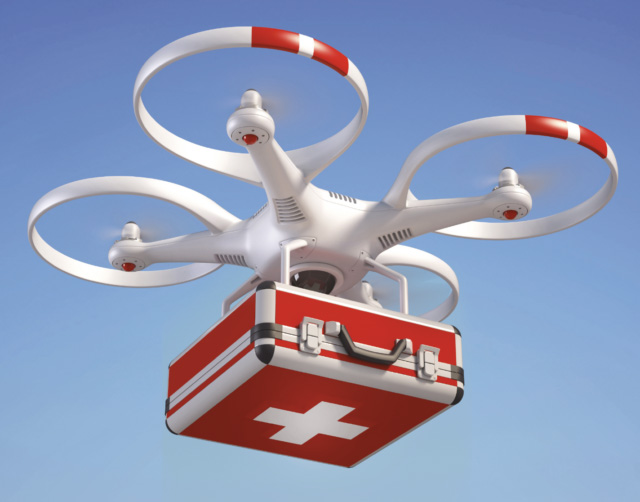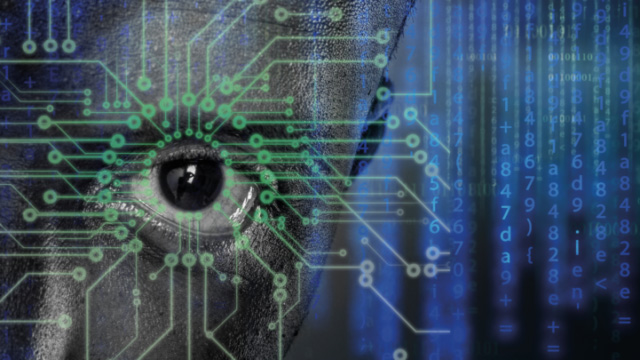Leaders need to understand the basics of new technologies and how they can drive transformation. Mark McDonald explains.
The economy of the 2020s is a digital economy. Digital technology is making business activities and resources more information-intensive and more connected than ever before, and transformation using digital technology is near the top of the executive agenda. Digital transformation and digital technology are inseparable: but, as Venkat Venkatraman has pointed out in Dialogue (Q2 2020), “The reality is that digital transformation is not about technology. It is the fundamental reshaping of your business, driven by powerful technologies.” If powerful technologies drive digital transformation, then executives need a practical knowledge of those technologies and their application.

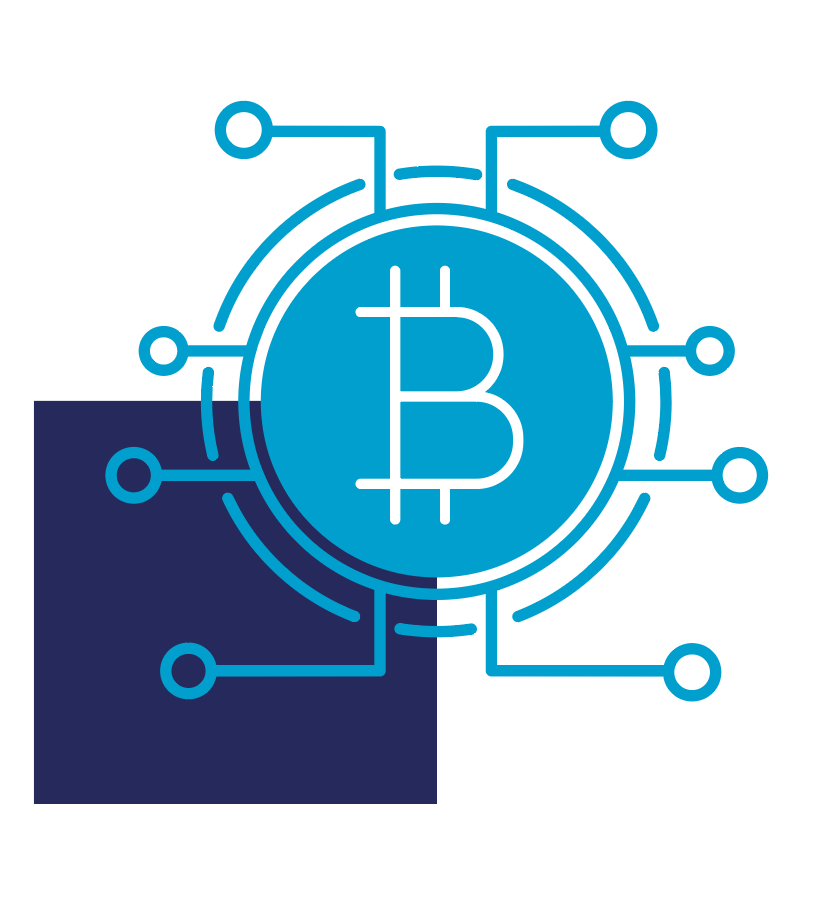
New ways of thinking about technology
Digital transformation is a critical process for competing in the digital economy. Successful change requires that leaders think in new ways about digital technology because these technologies are fundamentally different from the IT technologies they have seen before. Werner Vogels, Amazon vice president and chief technology officer, said it best: “Thou shalt not use old IT concepts for new applications.”
IT technology changed work by concentrating on recording business process transactions. These management systems of record supported operations. IT thinking viewed that support in the form of discrete, functionally-oriented applications, such as finance, HR and customer service. IT was a specialty function, separate from the rest of the business. As a system of record, IT technology participates in digital transformation – but it alone cannot create transformation.
By contrast, digital thinking is information-centric and outcome-oriented. Applied in combination, digital technologies form differentiated outcomes and experiences, injecting information and insight directly into the core business. Digital thinking manages resource configurations to drive those outcomes and experiences, rather than considering them separately in support of specific business processes. This is why agile development, product orientation and customer experience are front and center in digital transformation.
The digital home provides an example. IT technology in the home concentrated on billing for standard services like utilities, insurance, taxes and cable. These services do not change as a result of IT technology. But digital technology creates experiences that adapt to our preferences: for temperature (Nest), lighting (Kasa), security (Ring), entertainment (Alexa), and so on. These are outcomes and experiences that were impracticable with prior IT technologies.
The bottom line? IT technologies enable the recording of the business; digital technologies form its new core.
Building practical knowledge
Adopting a new way of thinking is foundational for practical knowledge. Executives need not be technicians, but they must know how to ask the right questions and evaluate the answers they receive. This requires an understanding of, and a confidence to engage in, technology issues. That is the goal of this guide.
Digital terminology is complex, with different terms used for similar things. Understanding digital starts with understanding four broad types of technology.
- Artificial intelligence (AI) – the simulation of human intelligence and inference through applying analytical models to data. AI is the basis for machine learning, robotic process automation, computer vision and other applications. AI provides a basis for software performing tasks previously requiring direct human involvement.
- Cloud computing (cloud) – delivering computational, data storage and other services over the internet. Through the cloud, companies ‘lease’ data center and technology functionality as a service rather than buying, building and operating these technologies themselves.
- Customer experience (CX) – the interactions that customers have to achieve their desired outcomes. Mobile phones, content management, and next-best-action analytics are some of the key CX technologies.
- Internet of Things (IoT) or industrial internet – improving insight, management and the productivity of equipment and devices by connecting them to the internet. Edge computing, preventative maintenance and remote management are examples.
Understanding these broad areas gives executives a general awareness of digital technology, but practical knowledge goes a level deeper, to specific technology solutions. This requires focusing on a few vital questions: what the technology is, its benefits for organizations, and the non-technical success factors for its adoption, as detailed for each technology below.
Application programming interfaces (APIs)
Software enabling applications to work with each other without requiring the user to switch between applications. For example, courier firms UPS and FedEx use APIs to give customers the ability to schedule shipments seamlessly as part of their customers’ checkout process. APIs provide the basis for complex or dynamic services by leveraging existing and partner software functionality in business solutions. Success with APIs requires a clear definition of software capabilities and services, consistent information requirements for accessing the software, and active management and maintenance of APIs.
Blockchain
A shared and immutable ledger for recording transactions among multiple parties. Blockchain technology creates a trusted and secure means of transacting and recording business activity that removes cost and friction while increasing security. While blockchain can work in a trustless environment (think of Bitcoin), most blockchains will involve a consortium of parties. For example, Maersk is transforming international trade by using blockchain to create a single shared secure trading ledger, replacing multiple disparate systems held by individual companies. Leaders need to time blockchain adoption to the readiness of trading partners in their ecosystem to create consortia and reach agreement on how the various roles associated with blockchain can be fulfilled.
Edge computing
A distributed form of computing that sees computers, sensors and communications embedded into facilities, equipment and other devices, enabling the monitoring, control and management of physical assets. Rio Tinto and other natural resources companies employ autonomous mining equipment that maximizes returns on operational capital and safety by running remotely without on-board human intervention. Edge technology moves computing power to the point of need, improving the availability and accuracy of information from the physical world. Leaders should consider edge capabilities as part of an overall device technology plan – avoid connecting just because you can. Adjust operations to create value from remote monitoring, device analytics, and control. Edge computing should be applied in areas where constant updates, improvements and higher throughput on capital assets can have the biggest impact.
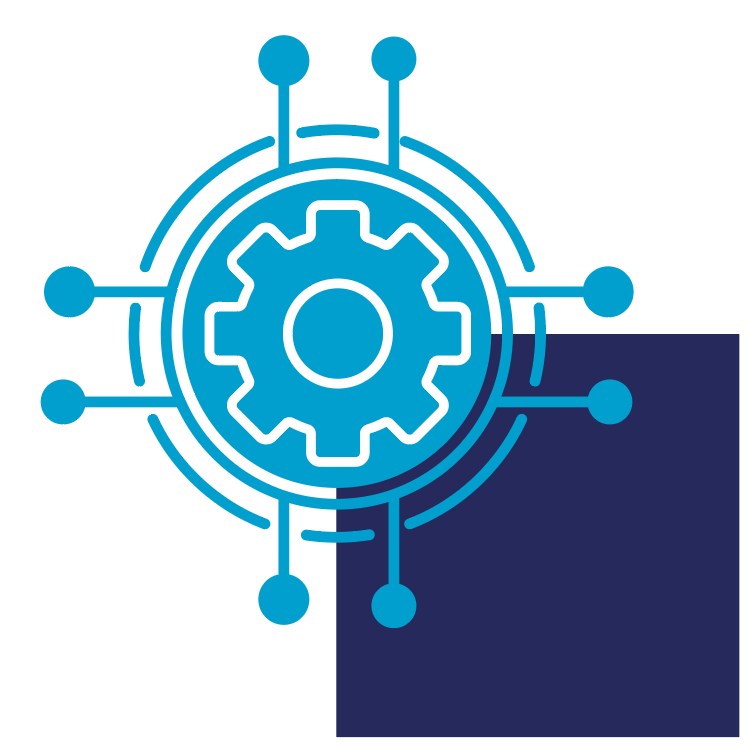
Machine learning (ML)
An application of AI which analyses information to generate new insight and/or improve decisions and actions without being pre-programed. Salesforce and other CRM technologies use ML to identify next best actions (NBAs) for customers based on the success of those actions with similar customers. ML handles complex or difficult-to-identify challenges by looking across structured and unstructured data to optimize outcomes and goals. ML is not a panacea; leaders need to know how machine learning insight will be applied by people and systems, so roles and jobs will need to be adjusted as needed. In general, start simple, with high-frequency but uncomplicated decisions; do more as your capability and comfort grows. Standardize and consolidate the information models supporting machine learning.
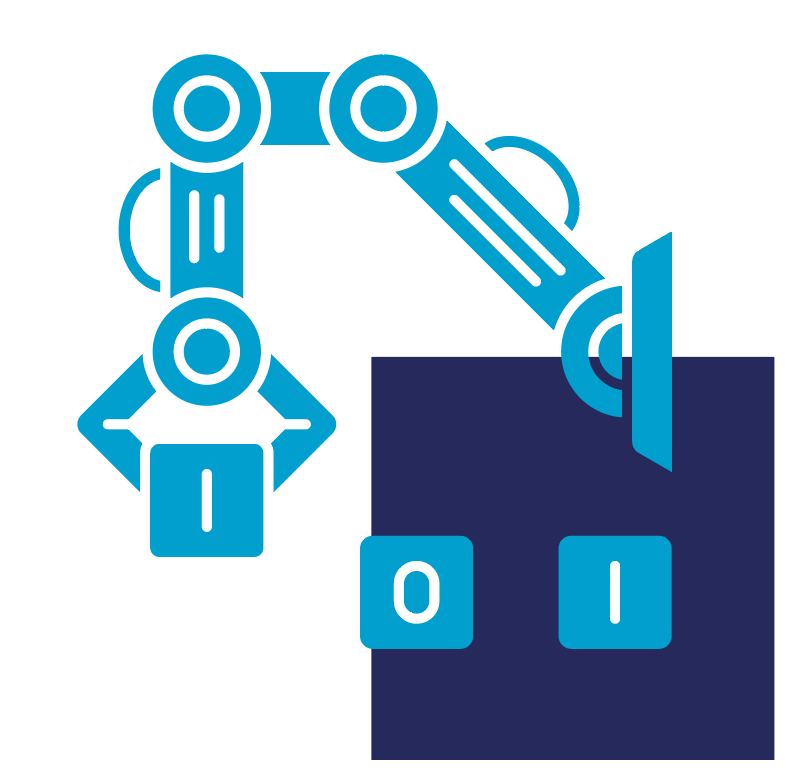
Robotic process automation (RPA)
The application of AI and often ML-based rules to automate decisions previously requiring direct human intervention. Financial institutions have used RPA to automate fraud detection, for example. RPA combines with ML to update and enhance decisions and rules based on continuous learning. This allows leaders to redeploy people to higher-value activities and work. Successful RPA starts with clearly defined business activities and rules for automation. Concentrate on repeatable processes and redesign them for automation. Establish strong exception identification and resolution practices.
Quantum computing
A new form of computing based on the principles of quantum mechanics, enabling calculation of significantly more complex computing challenges at much faster speeds. The Weather Company, for example, uses quantum computing in their forecasting models. Quantum technology has the ability to solve complex mathematical and information-intense challenges. However, it is not a replacement for classical computing in the vast majority of business situations. Leaders should focus quantum on challenges that best fit its capabilities. Most businesses will have limited needs. The ability to experiment is aided by the availability of cloud-based quantum services, so you do not have to buy or build your own quantum machine.
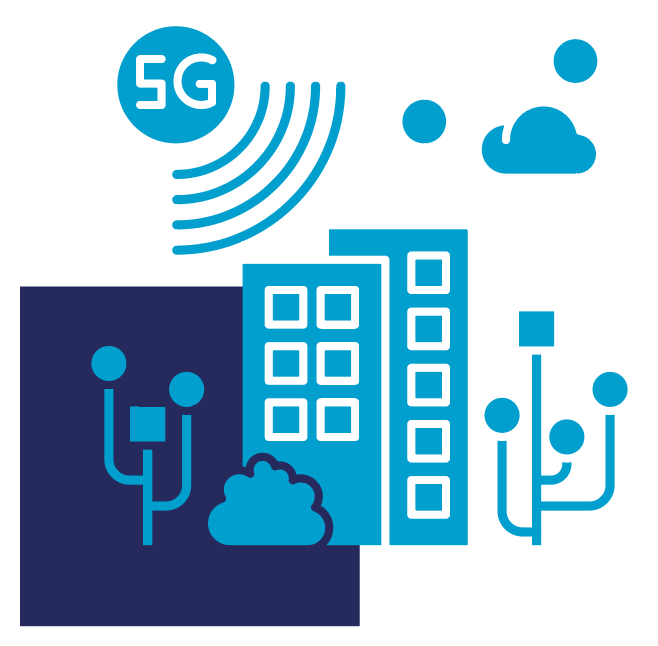
Fifth-generation mobile networks (5G)
A collection of technologies that greatly increase data and communication capacity and speeds, with lower latency between devices. 5G is foundational to other digital technologies like the Internet of Things and edge computing. While 5G is heavily marketed to consumers, business applications include factory automation, autonomous vehicles and remote monitoring. Business leaders should consider the ability of 5G to create new customer and workforce experiences. The key is having clear business and customer use cases that take advantage of the speed and bandwidth afforded by 5G.
Managing and applying digital technology
Digital transformation requires leaders to apply and manage technology in new ways. Where IT technologies were primarily bought, customized and operated internally, there is a broader range of deployment options for digital technologies:
- Directly purchasing or developing technology solutions from scratch. This best applies to solutions based on differentiation. While solutions can be run in-house they are often deployed and run on top of cloud-based infrastructure services.
- Purchasing and tailoring solutions from a technology provider. This is the more familiar and traditional option, particularly for IT technologies. These can be run in-house, as part of a cloud service, or in a hybrid environment which combines the two.
- As a service: purchasing the technology from a third-party provider who maintains and extends the service in return for a subscription or per-unit revenue. Salesforce providing CRM solutions is a typical example.
- As part of a platform: technology and business services oriented around outcomes provided by an ecosystem partner who shares in the value created. Third-party sellers buy services such as lead generation, payments or shipping from the Amazon platform.
- As part of a new business model: embedding technology as the basis for new sources of revenue. John Deere’s Precision Ag technology provides farmers with information from connected equipment to improve crop yields, reduce costs and the use of pesticides.
Applying pre-existing IT-based management to digital technology undercuts digital’s transformational potential. Understanding how to apply the new models for managing and applying digital technology can be as important as understanding the technology itself.
Security, security, security
As digital transformation connects and opens the business to the world, cybersecurity, data protection and privacy become primary concerns. The range and nature of security-related technologies is its own specialty, but for executives, the primary requirement is to ask one or more of the following questions.
- “Where and how does a technology change our risk and exposure (or ‘attack surface’)?” The smaller the attack surface, the more secure the technology.
- “How does the technology protect our information and customer privacy?” Technology that strengthens the ability to identify users with confidence (authentication) and controls access to information and systems is more secure.
- “How does the technology change our compliance with government regulation, security and data protection standards, and other requirements?” Technologies that increase compliance levels while reducing operational burdens are preferred.
These may not be the first questions you ask about technology, but they are questions you should always ask when considering digital technology and transformation. Apply your own judgment to the responses. If responses are inconsistent or do not make sense, then you need to dig deeper.
Technology and transformation
Technology drives digital transformation, but the two are not the same. Successful transformation requires that executives replace their prior ways of thinking and build practical knowledge of digital technologies. Leaders need to focus on creating experiences and outcomes from new combinations of information, insight and capability to drive digital transformation through technology.
The economy is a digital economy – and that requires every executive to be a digital executive.



